|
Getting your Trinity Audio player ready...
|
Welcome to the world of copywriting, where words have the power to captivate, persuade, and drive action. In today’s fast-paced digital landscape, the art of crafting compelling and persuasive copy is more essential than ever for businesses looking to make a meaningful impact.
As a business professional, you understand the significance of effective communication in building a successful brand. Copywriting plays a crucial role in conveying your brand’s message, connecting with your target audience, and driving desired outcomes.
Whether it’s creating engaging website content, crafting compelling emails, or writing persuasive ad copy, mastering the art of copywriting can elevate your marketing efforts to new heights.
In this article, we will delve into the world of copywriting, exploring what it is, its importance in digital marketing, and how it can benefit your business. We’ll uncover the power of words and how they influence buying decisions, delve into copywriting techniques and strategies, and discuss best practices to help you create compelling and persuasive copy that resonates with your audience.
So, get ready to unlock the secrets of effective copywriting and discover how it can propel your brand’s success in the competitive digital landscape.
Let’s dive in!
Copywriting
Copywriting is a technique consisting of the creation of commercial texts (copy) in order to persuade potential clients to act.
What is Copywriting?
When it comes to digital marketing, copywriting plays a vital role in capturing the attention of your audience and influencing their actions. It is the art and science of crafting persuasive and compelling written content that resonates with your target audience, communicates your brand message, and drives desired outcomes.
Copywriting involves carefully selecting words, structuring sentences, and arranging ideas to create engaging and persuasive content across various marketing channels. Whether it’s a captivating headline, an enticing email, an attention-grabbing social media post, or a persuasive sales page, effective copywriting has the power to captivate, persuade, and ultimately drive conversions.
At its core, copywriting aims to evoke emotions, build connections, and compel readers to take specific actions, such as making a purchase, subscribing to a newsletter, or filling out a contact form. It goes beyond mere words on a page; it is about understanding your target audience, their pain points, desires, and motivations, and using that knowledge to craft a message that resonates deeply.
Copywriting is not limited to advertising and promotional materials. It extends to all forms of content marketing, including blog posts, whitepapers, case studies, and product descriptions. Every piece of written content that represents your brand should be thoughtfully crafted to engage your audience, communicate your value proposition, and drive the desired outcome.
The role of copywriting in marketing and advertising cannot be overstated. According to a survey conducted by Demand Metric, 78% of marketers believe that custom content, such as well-crafted copy, is the future of marketing.
Additionally, research by Nielsen Norman Group shows that users often skim web pages and tend to read only 20% of the content. This highlights the importance of concise and persuasive copy to capture attention and convey key messages effectively.
Effective copywriting goes beyond merely describing products or services. It taps into the emotions, desires, and aspirations of your audience. It tells stories, creates connections, and builds trust. Copywriting can shape perceptions, differentiate your brand from competitors, and ultimately drive business growth.
Benefits of Copywriting
Effective copywriting brings numerous benefits to your digital marketing efforts. Let’s explore some of the key advantages that well-crafted copy can deliver:
1. Increased brand visibility and awareness
Compelling copy helps your brand stand out in a crowded marketplace, capturing the attention of your target audience and increasing brand visibility. According to a survey by Clutch, 67% of consumers are more likely to purchase from a brand that provides relevant and engaging content.
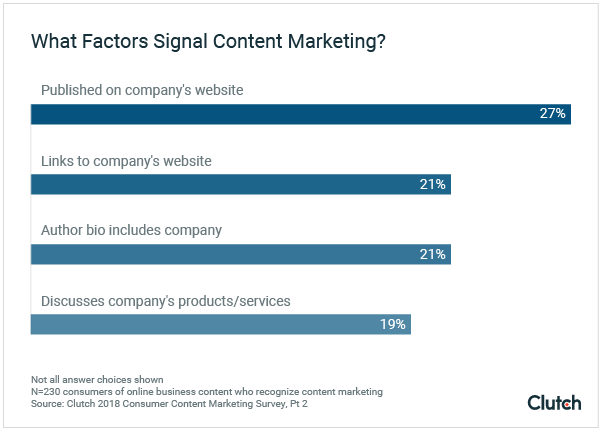
2. Improved audience engagement and conversions
Engaging copy that resonates with your audience can drive higher levels of engagement and increase conversion rates. Quality copywriting has the power to connect emotionally with your audience, making them more likely to take the desired actions, whether it’s making a purchase, subscribing to a newsletter, or sharing your content with others.
3. Enhanced brand messaging and positioning
Through strategic copywriting, you can articulate your brand’s unique value proposition, positioning your business as the preferred choice in the minds of your target audience. Well-crafted copy helps you communicate your brand’s personality, values, and benefits effectively, creating a strong and memorable brand image.
4. Better search engine visibility and organic traffic
Copywriting plays a crucial role in search engine optimization (SEO), helping your website rank higher in search engine results pages (SERPs). By incorporating relevant keywords, optimizing meta tags, and creating high-quality content, you can improve your website’s visibility, attract organic traffic, and reach a wider audience.
5. Establishing credibility and trust with the audience
Trust is a crucial factor in building long-term customer relationships. Copywriting allows you to establish credibility and trust by providing valuable information, demonstrating expertise, and showcasing your brand’s commitment to delivering exceptional products or services.
According to a study by Edelman, 81% of consumers say that trusting a brand is a deciding factor in their purchasing decisions.
6. Effective communication of product benefits and features
Copywriting helps you effectively communicate the benefits and features of your products or services to your audience. By highlighting the value they will receive, addressing pain points, and showcasing unique selling propositions, persuasive copy can drive interest and compel prospects to take action.
7. Generating leads and driving sales
Well-crafted copy can generate leads by enticing visitors to provide their contact information through forms or landing pages. By delivering a compelling message and a strong call-to-action, copywriting can guide potential customers through the sales funnel, ultimately driving conversions and sales.
8. Creating a memorable and compelling brand identity
Your brand identity is shaped by the words you use to communicate with your audience. Copywriting allows you to create a unique and memorable brand identity by crafting a consistent tone, style, and voice across all your marketing channels.
This helps your brand leave a lasting impression and build strong relationships with your audience.
The Power of Words: How Copywriting Influences Buying Decisions
Words have a remarkable influence on human behavior, and skilled copywriters understand how to harness this power to drive buying decisions.
By strategically crafting persuasive messages, copywriters can tap into the psychology of consumers and motivate them to take action.
Let’s explore how copywriting influences buying decisions:
1. Creating an emotional connection
Effective copywriting can evoke emotions and connect with the audience on a deeper level. By understanding the desires, fears, and aspirations of your target audience, you can craft copy that resonates with their emotions, creating a sense of relatability and empathy.
Emotional connection plays a significant role in driving buying decisions, as studies have shown that emotions have a stronger impact on decision-making than rational thinking.
2. Highlighting the value proposition
Copywriting allows you to communicate the unique value proposition of your products or services. By highlighting the benefits, solving pain points, and addressing customer needs, persuasive copy can demonstrate how your offering provides a solution or enhances their lives.
Effective copywriting helps customers see the value they will gain from choosing your brand over competitors, making them more likely to make a purchase.
3. Leveraging social proof
Humans are social beings and often look to others for guidance when making decisions. Copywriting can incorporate social proof elements such as customer testimonials, reviews, case studies, and endorsements to build trust and credibility.
When potential customers see that others have had positive experiences with your brand, they are more inclined to trust your offerings and make a buying decision.
4. Using persuasive techniques
Copywriting employs various persuasive techniques to influence buying decisions.
These techniques include using scarcity and urgency to create a fear of missing out (FOMO), employing storytelling to engage and captivate the audience, and employing persuasive language to emphasize the benefits and value of your offerings.
By understanding the psychology behind these techniques, copywriters can craft compelling messages that drive action.
5. Overcoming Objections and building trust
Copywriting provides an opportunity to address customer objections and build trust. By anticipating potential concerns or doubts that customers may have, copywriters can address them directly in the copy, providing reassurance and building credibility.
Clear and transparent communication helps alleviate doubts and builds trust in your brand, increasing the likelihood of a purchase.
Copywriting Techniques and Strategies
Crafting compelling copy requires a combination of creativity, strategic thinking, and an understanding of your target audience. By implementing effective copywriting techniques and strategies, you can captivate your audience, engage their emotions, and motivate them to take action.
Let’s explore some key techniques and strategies to enhance your copywriting efforts:
1. Attention-grabbing headlines and subheadings
The headline is the first point of contact with your audience and plays a crucial role in capturing their attention. A compelling headline should be concise, intriguing, and convey the main benefit or value proposition of your offering.
Subheadings further break down the content, making it scannable and guiding readers through the copy.
2. Compelling storytelling and narratives
Storytelling is a powerful tool in copywriting as it engages emotions and creates a memorable connection with your audience.
By weaving narratives that resonate with your target audience’s experiences, challenges, or aspirations, you can effectively communicate your brand’s message and values. Stories help humanize your brand, making it relatable and building an emotional bond with customers.
3. Persuasive language and calls-to-action (CTAs)
Copywriting should incorporate persuasive language to influence readers’ behavior. Using strong verbs, power words, and descriptive adjectives can make your copy more persuasive and engaging.
Additionally, including clear and compelling calls-to-action (CTAs) prompts readers to take the desired action, whether it’s making a purchase, subscribing to a newsletter, or contacting your business.
4. Incorporating social proof and testimonials
Social proof is a psychological phenomenon that influences individuals to conform to the actions of others. By incorporating social proof elements, such as customer testimonials, reviews, ratings, and endorsements, you can build credibility and trust in your brand.
Real-life examples of satisfied customers help potential buyers feel confident in their decision to choose your product or service.
5. Addressing objections and providing solutions
Effective copywriting should anticipate and address potential objections or doubts that readers may have. By understanding your audience’s pain points and concerns, you can provide persuasive arguments, data, or examples that overcome objections and build trust.
Demonstrating how your product or service solves specific problems or meets specific needs helps readers envision the value they will gain from choosing your brand.
Copywriting for Different Platforms and Formats
Copywriting is not a one-size-fits-all approach. The way you craft your copy depends on the platform and format you are using to communicate your message. Whether it’s website copy, email marketing, social media posts, or offline materials, each channel requires a tailored approach to maximize its effectiveness.
Let’s delve into how you can optimize your copywriting for different platforms and formats:
1. Website Copywriting and Landing Page Optimization
When it comes to website copy, clarity, and conciseness are paramount. Your copy should quickly convey the unique value proposition of your products or services.
Use clear headlines, subheadings, and bullet points to break up text and make it scannable. Incorporate relevant keywords to improve search engine visibility and ensure your copy aligns with the user’s search intent.
On landing pages, focus on compelling headlines, persuasive copy, and persuasive CTAs to encourage conversions.
2. Copywriting for Email Marketing and Newsletters
Email marketing allows you to connect directly with your audience and nurture relationships. Write concise and engaging subject lines that entice recipients to open your emails.
Personalize your copy to create a sense of individual attention and relevance. Keep paragraphs short and use a conversational tone to establish a connection. Incorporate compelling visuals, such as images or videos, to enhance engagement.
Finally, include a clear call-to-action that prompts readers to take the desired action.
3. Writing Effective Social Media Posts and Ad Copy
Social media platforms have limited space, so your copy needs to be concise and attention-grabbing. Craft short and compelling headlines that capture users’ interest and encourage them to click or engage with your content.
Use hashtags and relevant keywords to increase discoverability. Tailor your copy to match the tone and style of the platform you’re using, whether it’s professional on LinkedIn or casual on Instagram.
Leverage the power of visuals, such as images, videos, or infographics, to make your posts more appealing and shareable.
4. Copywriting for Print Materials and Offline Marketing
In offline marketing, your copy needs to grab attention quickly and make a lasting impression. Whether it’s brochures, flyers, or billboards, keep your messaging clear, concise, and focused on the benefits or solutions you offer.
Use compelling headlines and concise body copy that communicates the essence of your brand and prompts readers to take action. Consider the context and environment in which your offline materials will be seen to ensure they stand out.
By adapting your copywriting to the specific requirements of each platform and format, you can optimize your messages to resonate with your target audience and drive desired actions.
SEO Copywriting: Optimizing Content for Search Engines
In today’s digital landscape, search engine optimization (SEO) plays a crucial role in driving organic traffic to your website and improving your online visibility. SEO copywriting involves crafting content that not only appeals to your target audience but also aligns with the requirements of search engines.
Let’s explore the key aspects of SEO copywriting and how to optimize your content for better search engine rankings:
1. Understanding the Role of Keywords and Search Intent
Keywords are the foundation of SEO copywriting. These are the words and phrases that users enter into search engines when looking for information.
Conduct thorough keyword research to identify relevant and high-performing keywords related to your industry, products, or services. Consider the search intent behind these keywords, whether it’s informational, navigational, or transactional.
By understanding the user’s intent, you can create content that directly addresses their needs and provides valuable information.
2. Writing Meta Tags, Title Tags, and Meta Descriptions
Meta tags, title tags, and meta descriptions are crucial elements of SEO copywriting. These snippets of text appear in search engine results and help users decide whether to click on your content.
Optimize your meta tags and title tags by incorporating relevant keywords and creating compelling, concise, and descriptive summaries of your content. Craft meta descriptions that entice users to click through to your website by highlighting the benefits or value they can expect.
3. Optimizing Content Structure and Formatting
Search engines favor well-structured and properly formatted content. Use descriptive and keyword-rich headings and subheadings to break up your content and make it more readable.
Incorporate relevant keywords naturally throughout your copy, but avoid keyword stuffing, which can hurt your search rankings. Enhance the readability of your content by using bullet points, numbered lists, and short paragraphs.
Additionally, optimize your images by including alt tags with descriptive keywords.
4. Creating High-Quality and Valuable Content
Search engines prioritize content that provides value to users. Focus on creating high-quality, informative, and engaging content that meets the needs of your target audience.
Aim to answer their questions, solve their problems, and provide valuable insights. Well-researched, in-depth articles and guides tend to perform well in search engine rankings.
Incorporate statistics, case studies, and expert opinions to add credibility to your content.
Copywriting Best Practices
To create effective copy that resonates with your target audience and drives desired actions, it’s important to follow some copywriting best practices. These guidelines will help you craft compelling, persuasive, and engaging content that captures attention and achieves your marketing goals.
Here are some key copywriting best practices to consider:
1. Understand the Target Audience and Tailor the Message
Before writing any copy, it’s crucial to have a deep understanding of your target audience. Research their demographics, needs, preferences, and pain points.
Use this information to create a buyer persona that represents your ideal customer. Tailor your message to resonate with their interests, motivations, and desires.
By speaking directly to their needs, you can connect with them on a deeper level and increase the effectiveness of your copy.
2. Keep the Copy Concise, Clear, and Focused
In today’s fast-paced digital world, attention spans are shorter than ever. Capture your audience’s attention by keeping your copy concise, clear, and focused.
Avoid long, convoluted sentences and unnecessary jargon. Use simple language that is easy to understand. Break up the text with subheadings, bullet points, and visuals to enhance readability.
Remember, clarity and brevity are key to effective copywriting.
3. Proofread and Edit for Grammar, Spelling, and Readability
Poor grammar, spelling errors, and typos can undermine the credibility of your copy and create a negative impression. Always proofread and edit your copy before publishing or distributing it.
Check for grammatical errors, spelling mistakes, and punctuation errors. Ensure that the copy flows smoothly and has a logical structure. Consider using grammar and spelling tools to assist you in the editing process.
4. Test and Optimize Copy for Better Results
Copywriting is an iterative process, and it’s important to continuously test and optimize your copy for better results. Conduct A/B tests to compare different versions of your copy and determine which one performs better.
Test different headlines, calls-to-action (CTAs), and messaging approaches. Use analytics tools to track the performance of your copy and gather insights on user behavior.
Based on the results, make data-driven decisions to improve your copy and achieve better conversions.
By following these best practices, you can create copy that effectively communicates your message, engages your audience, and drives desired actions. However, keep in mind that copywriting is both an art and a science, and it may take time and experimentation to find the right approach for your target audience.
Copywriting Tools and Resources
In today’s digital age, there are numerous tools and resources available to assist copywriters in their craft. These tools can help streamline the copywriting process, enhance creativity, and improve the overall quality of your content.
Whether you’re looking for grammar and spelling assistance, content inspiration, or research tools, here are some valuable resources to consider:
Grammarly
Grammarly is a popular writing assistant that checks your copy for grammar, spelling, punctuation, and clarity errors. It provides real-time suggestions and explanations to help you improve your writing.
With its browser extension and integrations with popular writing platforms, Grammarly is a handy tool for ensuring error-free and polished copy.

Hemingway Editor
Hemingway Editor is a web-based tool that helps you write clear and concise copy. It highlights lengthy sentences, complex words, and passive voice, making it easier to simplify and improve the readability of your content.
Hemingway Editor provides a readability score and offers suggestions for enhancing the overall clarity and impact of your writing.
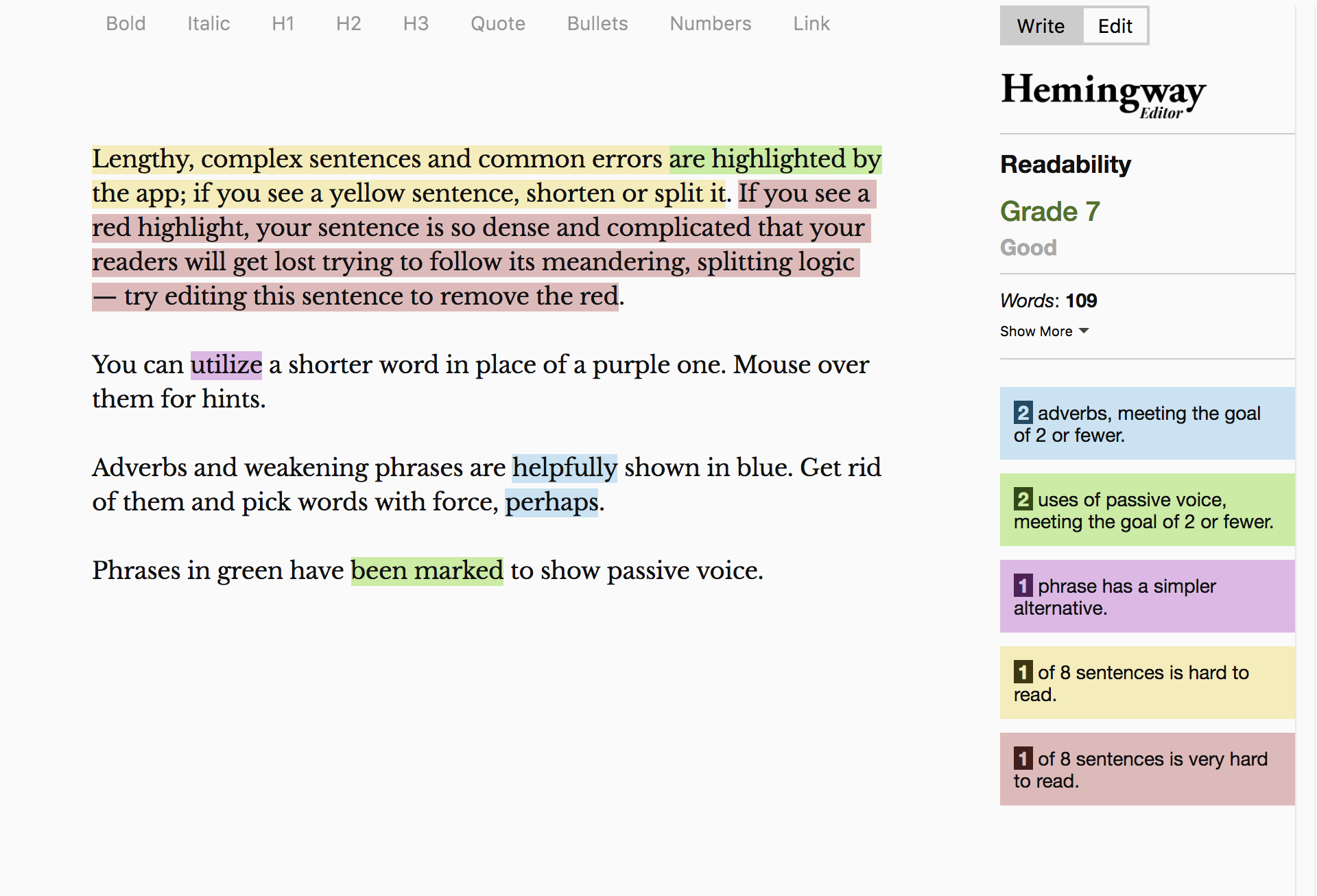
Google Trends
Google Trends is a powerful tool for understanding popular search topics and trends. It allows you to explore what people are searching for and identify relevant keywords and phrases to incorporate into your copy.
By leveraging Google Trends, you can align your content with current interests and optimize it for better search engine visibility.
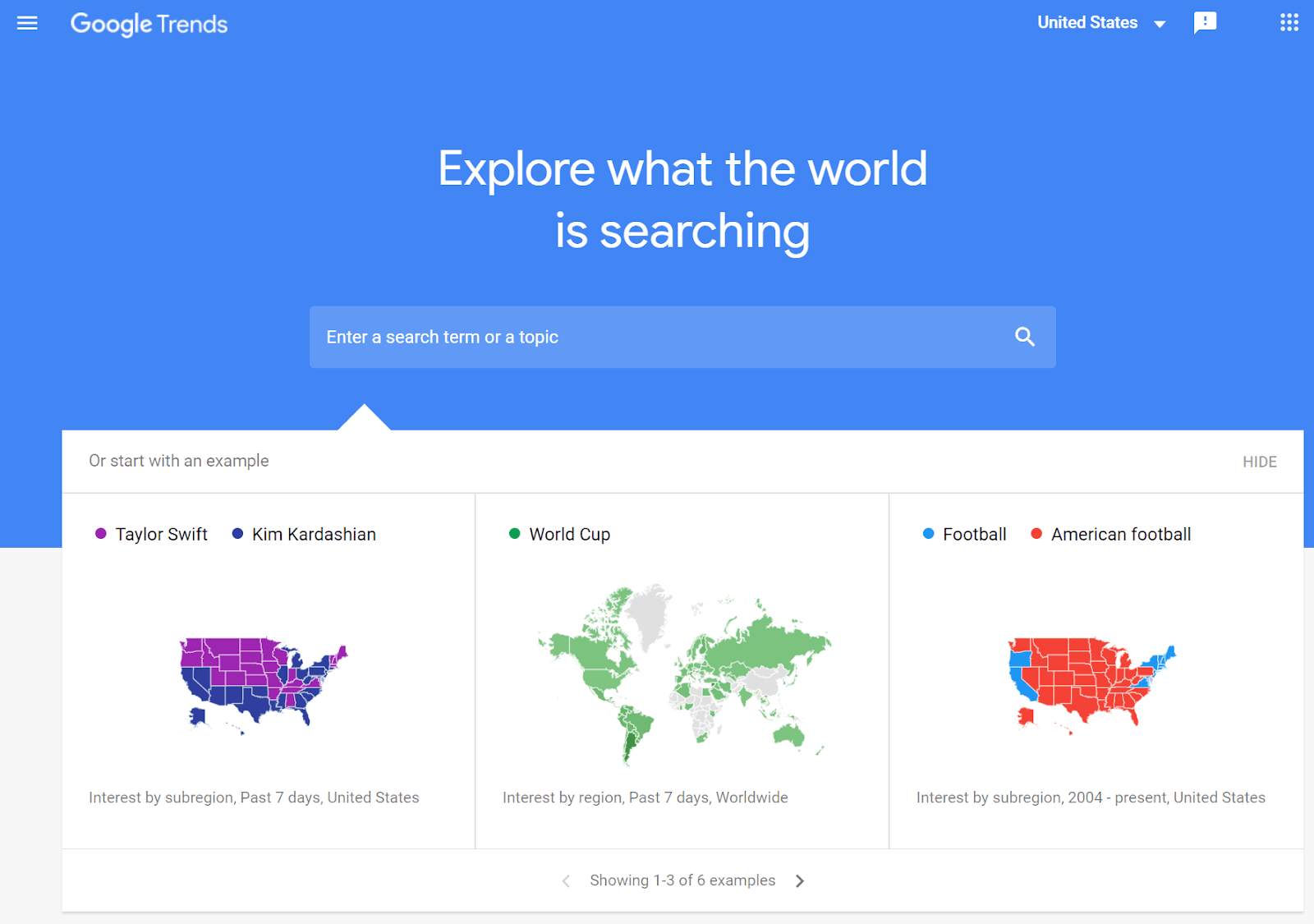
BuzzSumo
BuzzSumo is a content research tool that helps you identify popular and trending topics in your industry. It allows you to discover the most shared content, influential authors, and top-performing articles related to your niche.
By analyzing the content that resonates with your target audience, you can gain insights and inspiration for creating compelling copy.
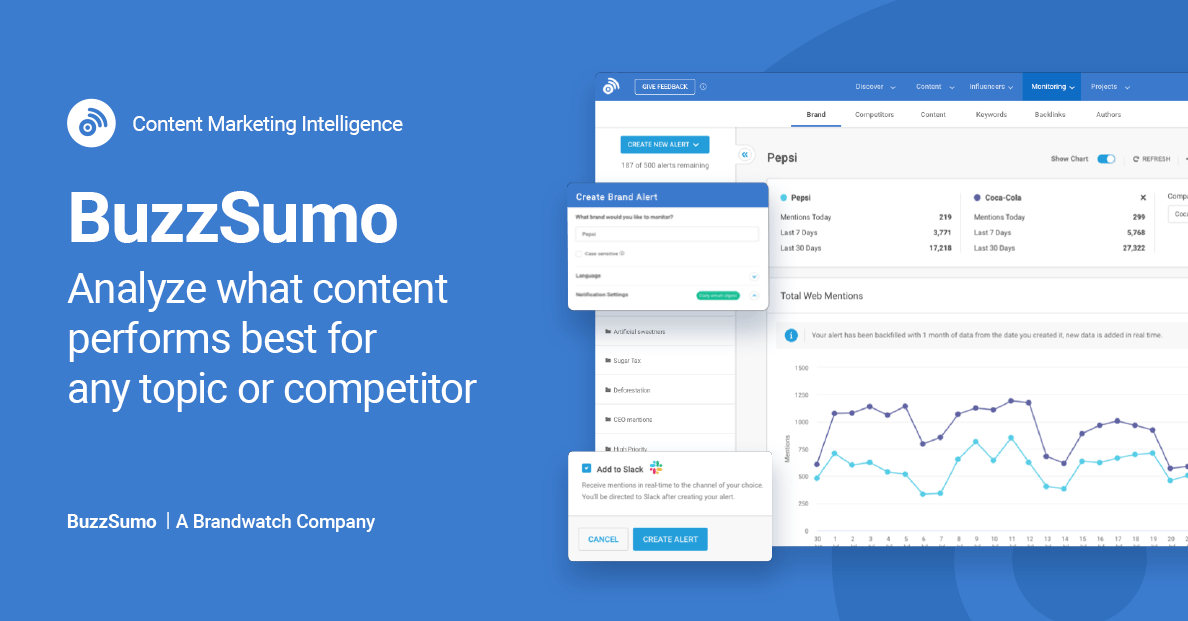
CoSchedule Headline Analyzer
The headline is a crucial element of any copy, as it determines whether your audience will engage with your content. CoSchedule Headline Analyzer helps you craft attention-grabbing headlines by analyzing their structure, word choice, and emotional impact.
It provides a headline score and suggestions for optimizing your headlines to increase click-through rates.
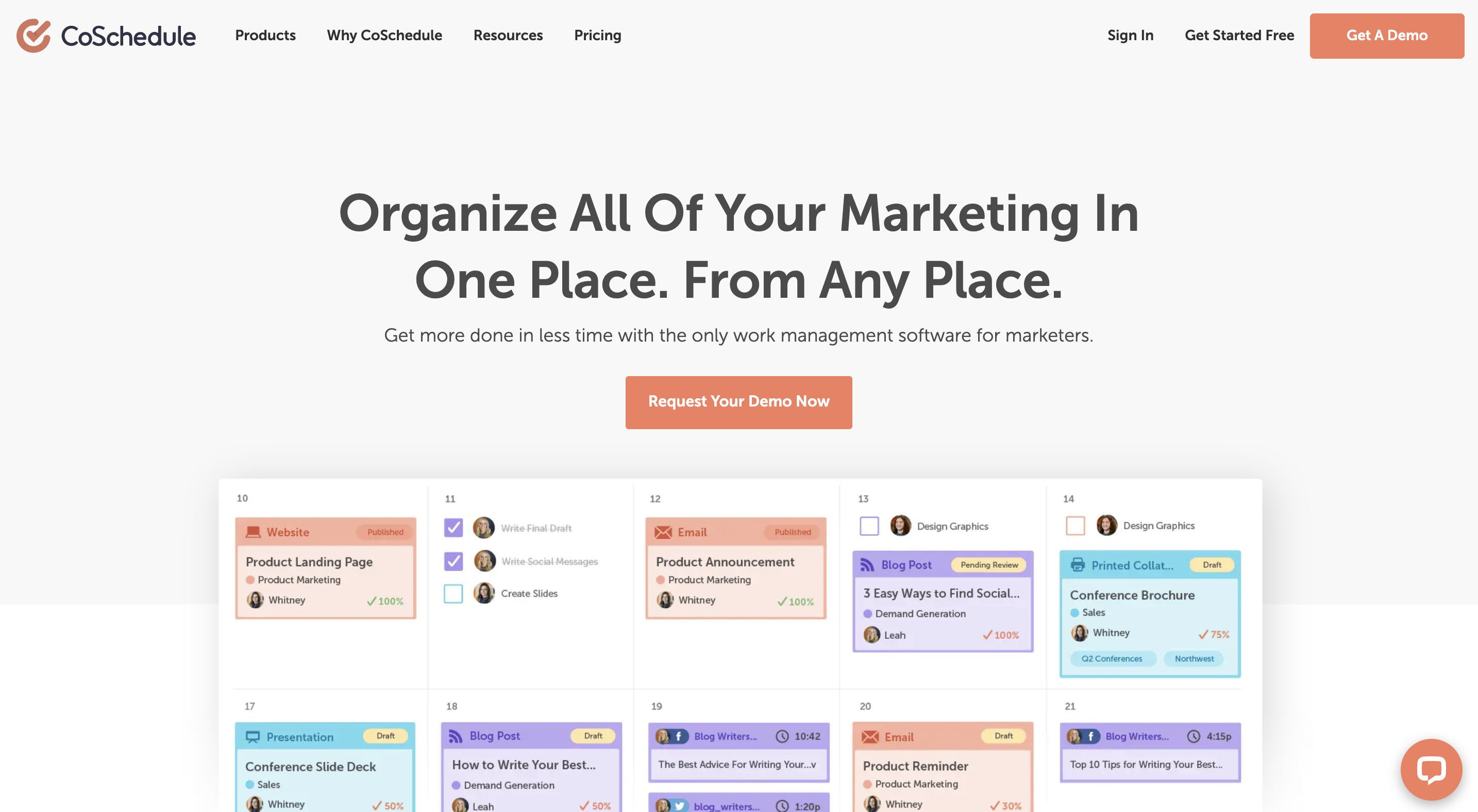
Copywriting templates and frameworks
Many copywriters find it helpful to use templates and frameworks as a starting point for their copy. These resources provide a structure and guide for crafting persuasive copy.
Examples include the AIDA (Attention, Interest, Desire, Action) formula, PAS (Problem, Agitate, Solve) framework, and the Four Ps (Promise, Picture, Proof, Push) formula.
By leveraging these tools and resources, you can enhance your copywriting process, improve the quality of your content, and streamline your workflow. However, remember that these tools are meant to support your creativity and expertise as a copywriter.
Ultimately, it’s your unique voice and ability to connect with your audience that will make your copy stand out.
Copywriting and Branding
Copywriting plays a crucial role in shaping and reinforcing a brand’s identity. It goes beyond mere words and extends to the tone, voice, and overall messaging of a brand. Effective copywriting can help businesses establish a strong and memorable brand identity that resonates with their target audience.
Here are some key aspects of the relationship between copywriting and branding:
Establishing Brand Voice and Tone
Copywriting helps define and maintain a consistent brand voice and tone across all communication channels. The choice of words, sentence structures, and writing style should align with the brand’s personality and values.
For example, a luxury brand might use sophisticated and elegant language, while a casual and fun brand may adopt a more conversational tone. Consistency in brand voice and tone builds familiarity and strengthens brand recognition.
Consistency in Messaging and Storytelling
Effective copywriting ensures that the brand’s messaging is consistent across different platforms and touchpoints. Whether it’s website copy, social media posts, or advertising campaigns, the messaging should align with the brand’s core values, mission, and unique selling propositions.
Consistent messaging builds trust and reinforces the brand’s identity in the minds of consumers.
Evoking Emotion and Creating Connection
Copywriting has the power to evoke emotion and create a connection with the audience. By using compelling storytelling techniques, copywriters can tap into the emotions and aspirations of the target audience.
This emotional connection helps build brand loyalty and fosters a deeper relationship between the brand and its customers.
Differentiation and Unique Selling Propositions
Copywriting is instrumental in conveying the unique selling propositions (USPs) of a brand. It highlights the features, benefits, and values that set the brand apart from competitors.
Effective copy communicates why customers should choose a particular brand over others in the market, emphasizing the brand’s unique offerings and value proposition.
Creating Memorable Taglines and Slogans
Memorable taglines and slogans are the essence of effective copywriting. They encapsulate the brand’s identity, values, and promise in a concise and impactful way. Think of Nike’s “Just Do It” or McDonald’s “I’m Lovin’ It.”
These taglines resonate with audiences, become synonymous with the brand, and reinforce its positioning in the market.
Influencing Brand Perception
Copywriting can shape how consumers perceive a brand. Through strategic messaging and storytelling, copywriters can position the brand as trustworthy, innovative, customer-centric, or any other desired attribute.
Consistently delivering on the brand promise through exceptional products and services further reinforces the positive perception built through copy.
By leveraging effective copywriting techniques, businesses can build a strong and compelling brand identity that sets them apart from competitors. Consistency in messaging, evoking emotion, and conveying the brand’s unique value proposition are key elements in creating a memorable brand.
Conclusion
In conclusion, copywriting is a key component of successful digital marketing and branding strategies. By harnessing the power of words, businesses can create compelling content that captures attention, resonates with the audience, and drives business growth.
Whether it’s through attention-grabbing headlines, persuasive storytelling, or compelling CTAs, effective copywriting has the potential to make a significant impact on the success of marketing campaigns.
We encourage you to leverage the techniques and strategies discussed in this article to enhance your copywriting skills and drive business success. By understanding and implementing the principles of effective copywriting, you can create content that captivates your audience, drives engagement, and ultimately achieves your marketing objectives.
Remember, the words you choose have the power to inspire, persuade, and connect with your audience. Embrace the art of copywriting and unlock the potential of your marketing efforts.
If you need professional assistance with your copywriting needs, The Brand Shop is here to help. Contact us today to explore how we can elevate your brand’s messaging through expert copywriting.





